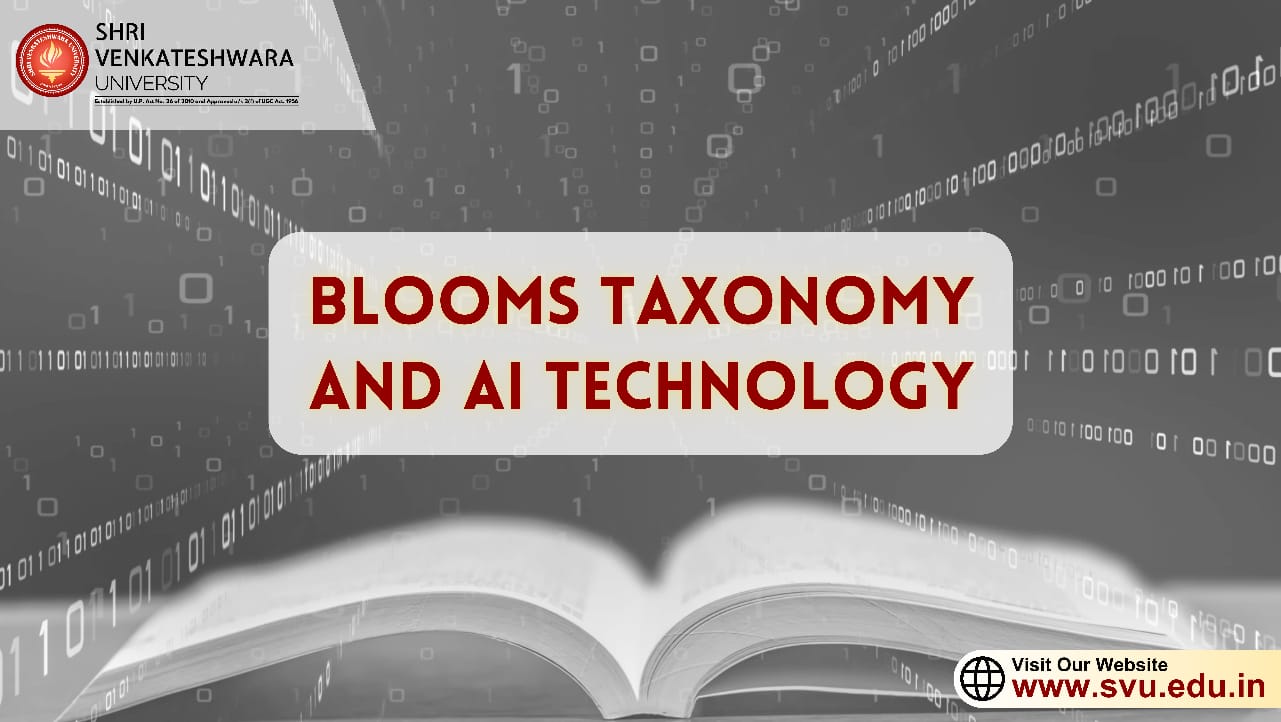
“Education must be increasingly concerned about the fullest development of all children and youth, and it will be the responsibility of the schools to seek learning conditions which will enable each individual to reach the highest level of learning possible.” – Benjamin Bloom
Bloom’s taxonomy is a skeleton that was constructed to categorize the goals of any curriculum in terms of explicit and implicit cognitive skills and abilities. This taxonomy is regarded as one of the crucial models that contribute to the curriculum development in the 21st century. Educators have learned a great deal more about how students learn, and teachers teach and now recognize that teaching and learning encompasses more than just thinking. It also involves the feelings and beliefs of students and teachers as well as the social and cultural environment of the classroom. Bloom’s Taxonomy” is a popular educational model. Be it the time when students used to study in “Gurukuls” or the recent times using “EdTech”, the purpose is to make students life-long learners & inculcate good values & skills in them. Bloom’s Taxonomy can be understood as one such attempt to revive the educational practices with the best teaching methodologies & the way of student performance evaluation.
The original taxonomy featured six major categories of thinking which includes:
- Knowledge
- Comprehension
- Application
- Analysis
- Synthesis
- Evaluation
A brief explanation of each category may be given as:
Knowledge This initial level involved recalling basic facts, processes, and methods, or patterns and structures.
Comprehension This level refers to the learners’ understanding of the ideas and materials presented at the first level. At this stage, they won’t necessarily be able to see the full implications or their knowledge or be able to relate it to other material.
Application At this level of thinking, learners should be able to use their knowledge and understanding in certain situations.
Analysis At the analysis level, learners are expected to be able to articulate the relationship between different ideas and be able to breakdown their learning into elements or parts.
Synthesis This level of thinking involves combining different ideas or elements to create new structures or ideas.
Evaluation It is the highest level of thinking and was thought to require the most complex mental processes. At this level, learners are expected to make judgments about the value of the methods or materials presented to them.